pruning
pruning to be kind
QUICK TIPS:
1. Have a good reason to prune
2. Early, formative pruning is a good reason
3. Raise bushy shrubs with light, regular pruning
4. Clean out dead wood to clean up the garden
5. Cut back long, thin vines to healthy buds
6.
Dispose of diseased
clippings
Pruning injures plants and
reduces the leaves they have to generate their own food and grow. So there
should always be a good reason before doing it.
But new or impatient gardeners often leave plants to grow so large and unruly that discipline becomes the reason to prune. A better approach is to raise well-behaved plants, trained over time to the right shape and size with light and regular pruning.
Start formative pruning early, especially with shrubs. Create a miniature of the general shape you want the plant to become, cutting back wayward or dominant stems to the canopy and pinching the tips off others on newly planted acquisitions. Very small plants can be left until they've established and sprouted new growth.
Strong upward shoots only
become more dominant, over-shadowing and out-competing the rest of the plant.
Cutting them back re-distributes resources into more buds developing as
side-shoots from within the canopy; creating a fuller, more balanced plant.
Keep this up as part of ordinary garden maintenance. For many plants it's enough to dead-head annually by clipping to a little behind the flowers soon after they've finished - or wait until after fruiting. Tidy up and encourage bushier growth at the same time. Faster-growing plants will need further trimming through the year.
Pruning away old, dead stems is an easy way to make the garden look tidier as well as clear the way for new growth to come through.
Tangles of climbing vines can also be cleaned up, with long thin stems brought back to fat buds that will shoot stronger, more productive stems over the next season.
The cause of diseased plants should be diagnosed but the affected areas can be pruned back to healthy shoots and discarded.
Sculpting plants into hedges
and creative shapes like topiaries and espaliers is more skilled but another
good reason for pruning. Again, start early and
do it regularly for better results. More drastic cutting will mean bigger
wounds, wider targets for infection and greater shock to the plant.
Comments (0)
Tell our Plant Selector what you want & like and we'll search thousands of plant profiles for compatible matches
Special Offers

Plant of the Day
Swamp Brush Myrtle
Plant type: evergreen shrub
H: 2m W: 1.5m
Sunlight: hot overhead sun to warm low sun
Member's Tip

Maria, WA
Fallen leaves look very messy. I put them back into the garden as mulch. I save money and the plants love the organic matter.
Recently added pruning articles
Most viewed pruning articles
Get the Plant Selector's full features plus news, forums & competitions. Sign up, it's free.
Click here for more
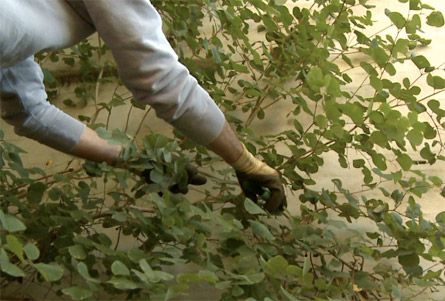
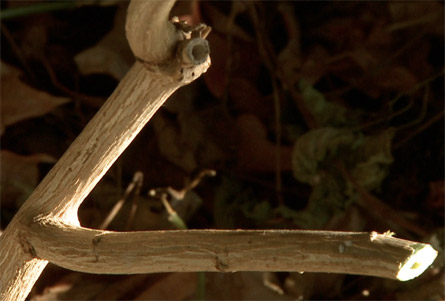
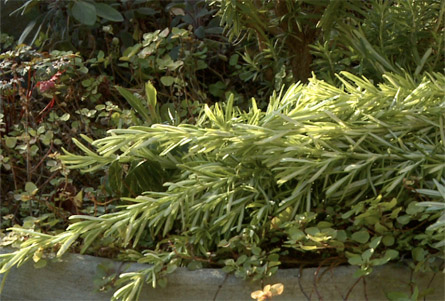
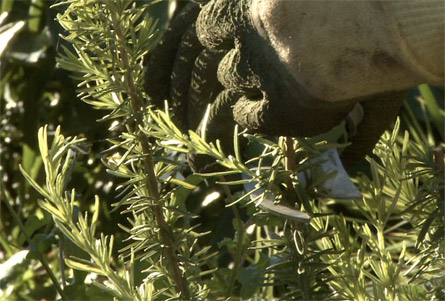





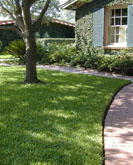

You must be a member to share: Login or Register